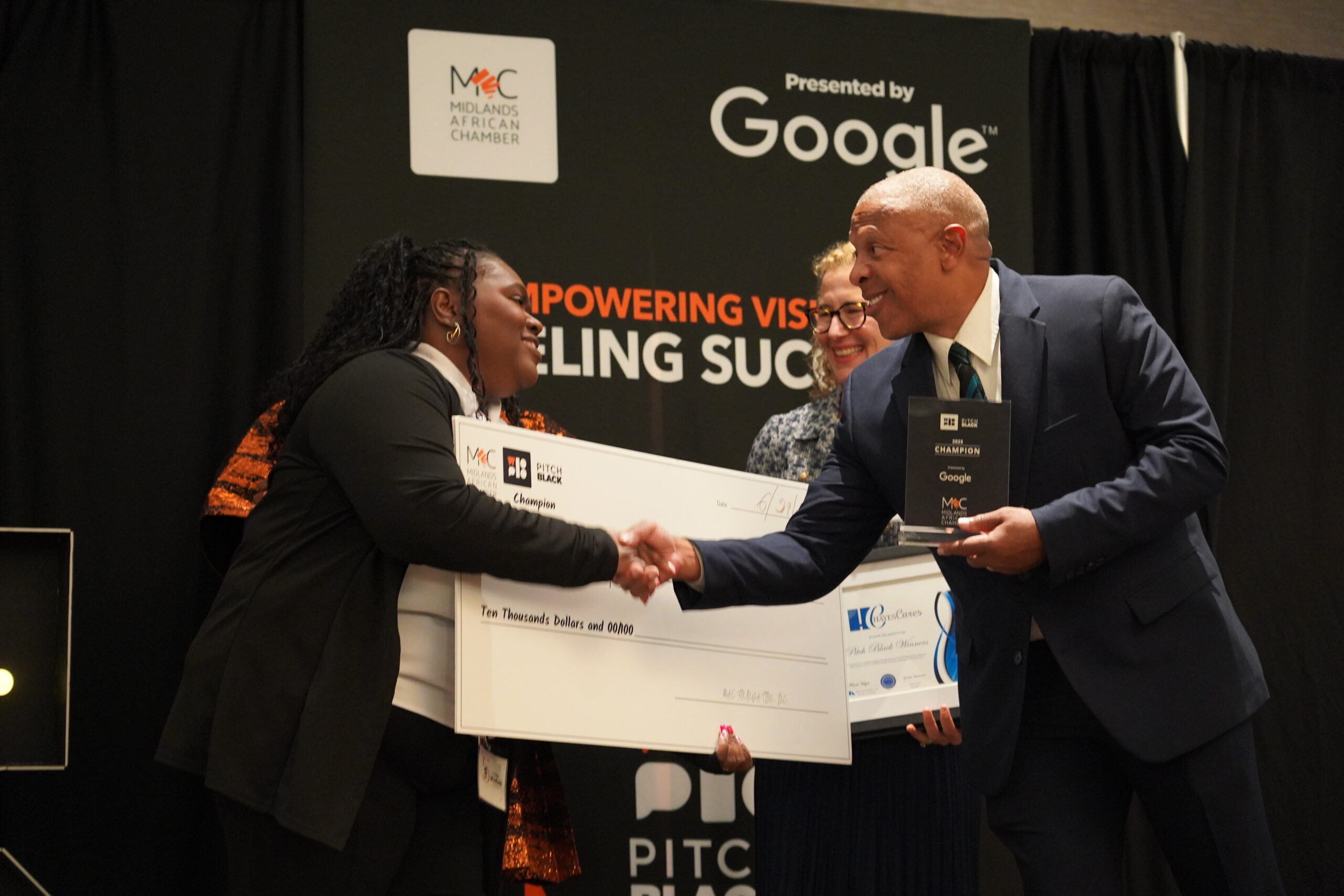
With over 15 years of hands-on experience, Iowa Startup Accelerator mentor-in-residence Mat Winegarden reveals the real life problems of startups.
We’ve all heard startups are hard, but you don’t really comprehend how mind-numbingly stressful it can be until you experience it firsthand. If you are like most startups, you’ll encounter the typical issues everyone talks about. Common ones include the following:
Problem/Solution Fit and Product/Market Fit
These are the two biggest issues startups need to overcome in order to be successful. From my perspective, these can be easy to solve:
Do way more interview based research than you think you need (like 100+ interviews), surround yourself with people that have the capability and/or money to help you solve this problem, and then iterate and evaluate your solution with actual users. If you have a hard time doing any of these, it might be a clue your startup is in trouble.
Competition, Finding Users and Money
These are the other big three common issues you’ll likely encounter while trying to create a successful startup. All can, and have been, overcome in different ways. Doing a quick Google search will bring back loads of info on how to overcome these issues. (You can do it; I believe in you!)
Here are the issues they don’t tell you about:
Advice Tornadoes
Typically, people have good intentions when giving advice, and in most cases they truly want you to succeed. But the issue comes when you get pulled in a thousand different directions and you don’t know which way is up anymore.
Everyone, whether it’s family members, close friends, professional mentors or even potential users will give their personal opinions and tell you what you should do. And sometimes it will completely contradict something an “expert” just told you 10 minutes ago.
Bottom line:
- Everyone has opinions, but not all of them are good for you.
Everyone has a unique perspective and no single person holds all the answers. So be careful when taking actions on a single opinion. Extract common themes and pertinent information within all those opinions and then test them. Run a quick experiment to see what works and what doesn’t. If it helped, great! If not, at least you didn’t sink a bunch of time and money into it.
Interpersonal/Team issues
Working with other passionate people can be amazing and super frustrating at the same time. Communication, egos and stress have the potential to get the best of you during the most inopportune times.
You already know effectively communicating with family and friends is hard. Imagine working with someone that you find difficult to talk to, clashes with your personality, or in your opinion doesn’t have the skills to effectively do their job. Throw in a few heated arguments about direction or expectations and it can eventually lead to you to moving on to something new.
This is a difficult one to overcome. And if you’ve gotten to the arguments and resentment stage, the only answer might be personnel change. But if you are just starting out most of this can be avoided.
Here is the number one thing I’ve learned along the way to help overcome this issue:
- Screen for skills, hire for personality.
You obviously need to hire someone that has the skills do the job. But if you can’t imagine working with this person while on 4 hours of sleep and staying up until 2 a.m. to hit a deadline, then they’re not the right fit. I’ve always said, I’d rather have a hole in the team than an a$$hole on the team.
Work/Life balance
Your startup is everything, right? Of course it is. And you’ve probably heard that working hard is what separates the successful startups from the failing ones. In fact, this work hard mentality has been reinforced and glorified via Steve Jobs, Marissa Meyer and Elon Musk. They have been famously portrayed for working through the night, coming in on weekends and even working during their “vacation” in order to be successful.
What you may not have heard (or didn’t let it sink in) is all of this hard work they do has taken a toll on them both personally and professionally.
Yes, your startup is important. But after living this mentality for years, I’ve learned your family, friends and mental health is more important. In fact, I now embrace one of Scrooge McDuck’s life lessons:
- Work smarter, not harder.
If you find yourself putting in 130 hours a week (Not sure I buy it, Marissa), maybe you should step back and take a look at why. Do you need to hire more people? Is it that you don’t trust your co-workers to do the work? Or are you working on something that isn’t actually a priority?
Focusing on what really matters
Time seemingly goes really fast when you are working in a startup. There’s a constant sense of there’s so much to do and not enough time to do it in.
Similar to the advice tornadoes, you can get twisted up pretty quick by guessing answers to key questions like:
- What set of functionality should be worked on first?
- What would provide real value to our users?
- Is this a “must have” feature or “nice to have” feature?
- Are we building too little? Too much?
Not knowing answers to these questions before you start development can make it almost impossible to know how to spend time most wisely. In fact, you might end up wasting a lot of time and a lot of money working on something no one cares about.
My advice is to utilize the interview based user research you have been doing and create artifacts that will help inform design and development direction and priorities. These artifacts can include:
- Personas
- These are accurate depictions of typical users and their behaviors. Personas can represent the buyer of your product, an end user or anyone else that may influence design and development efforts.
- User Scenarios
- Not to be confused with user stories, user scenarios give context to why users are using your product. They outline goals and the steps needed in order to achieve those goals.
- Customer Journey
- This illustrates the experience your customer goes through in order to achieve a specific goal. Typically, it will contain the main actions or phases, touch points with a brand or technology and the emotions or stress level they may feel during each phase.
The more you understand who you are building this product for and why, the easier it will be to get everyone on the same page.
Good luck!
—
Mat Winegarden is a Product Design Manager at ConnectFive focusing on Handrail. Sometimes he has ideas…other times he’s brilliantly late to the party. Tweet him here: @matwinegarden





One response to “The 4 startup problems nobody told you about”
[…] Originally published at siliconprairienews.com. […]